Isabgol, known by many common names, including Plantago Ovata, Blond Plantain, Desert Indian Wheat, and Blond Psyllium, is native to the Mediterranean region and is native to central, eastern, and southern Asia and northern natural America.
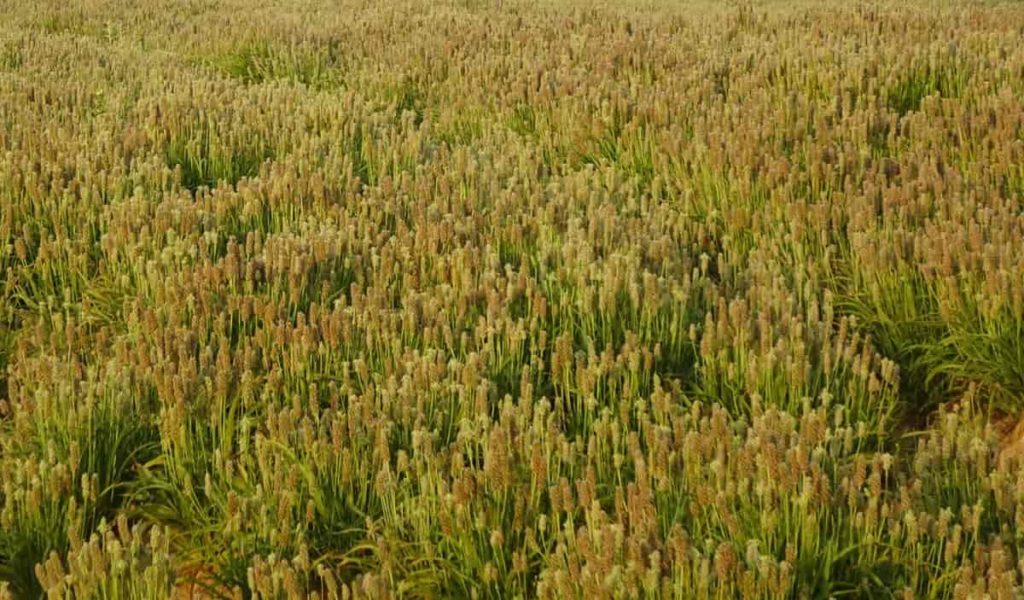
How to grow Isabgol plants for beginners
Isabgol plant information
It is a common source of Psyllium and a type of dietary fiber. Native Psyllium plants are up to 15 cm tall and covered with fuzzy, white hairs at right angles to the stems and leaves. The leaves are narrowly linear, basal, and green. The leaves bear clusters of small flowers that mature into a seed pod. The seeds are small, about 1.5–2 cm, and brown or reddish brown. The seeds of this plant contain a large amount of mucilage and albuminous substance. The seed is dried and ground to separate the husk.
Isabgol does not have a real stem, which is called a Pseudostem. It is hairy and does not have nodes. It is the petiole of flowers. Each plant produces 25-100 pseudopods after 60-70 days of sowing. Leaves have a parallel vein structure. A large number of leaves emerge from the base of the plant. The flower of Isabgol is elongated and can be 1.5 – 4.0 cm in length, known as wool or bristle. In Isabgol, the female flower ripens earlier than the male flower, so cross-pollination mainly occurs.
The flowers are sessile, small without leaves, bisexual, incomplete, and irregular. The fruit is an oval capsule. Its length is 8 mm. Each fruit contains 2 seeds. The fruit blossom starts ripening at the end. The seed is 3 mm long, boat-shaped, shiny, and white. The leaves are salads, while the husk is used in soups and smoothies. Therefore, it is essential to know the suitable climate, soil, field preparation, fertilizer and amount of manure, etc., for the cultivation of Isabgol.
Different varieties of Isabgol
- Gujarat –1
- Gujarat-2
- TS-1-10
- EC-124345
- Niharika,
- Haryana Isabgol –5
- Jawahar Isabgol-4
Major production areas
Isabgol is widely cultivated in many parts of the world. It is a native of the Mediterranean and western Asia, extending to the Sutlej and Indus in Pakistan. It is also distributed in southern Spain, northern Africa, the Middle East, and the Canary Islands in northwestern Asia. In India, Isabgol has been introduced and cultivated in northern Gujarat and adjoining parts of western Rajasthan and Madhya Pradesh.
In addition, however, this crop spreads in non-traditional parts of the country, such as Punjab, Haryana, Uttar Pradesh, and Karnataka. The agricultural sector in developing countries has a promising impact on economic growth because of the medicinal and pharmaceutical uses of Isabgol, its high market value, and increasing market demand.
Cultivation of this plant at the national level or worldwide is essential. To improve the economy of a country. The crop has a major export demand in America and Western Europe, and about 90% of the production is exported to these countries. India is the largest exporter and producer of Isabgol in the world. India supplies about 85% of the Isabgol available in the world market.
In case you missed it: How to Grow Cucumber Plants Faster: Best Tips to Increase Flowering, Fruiting, and Production Yield
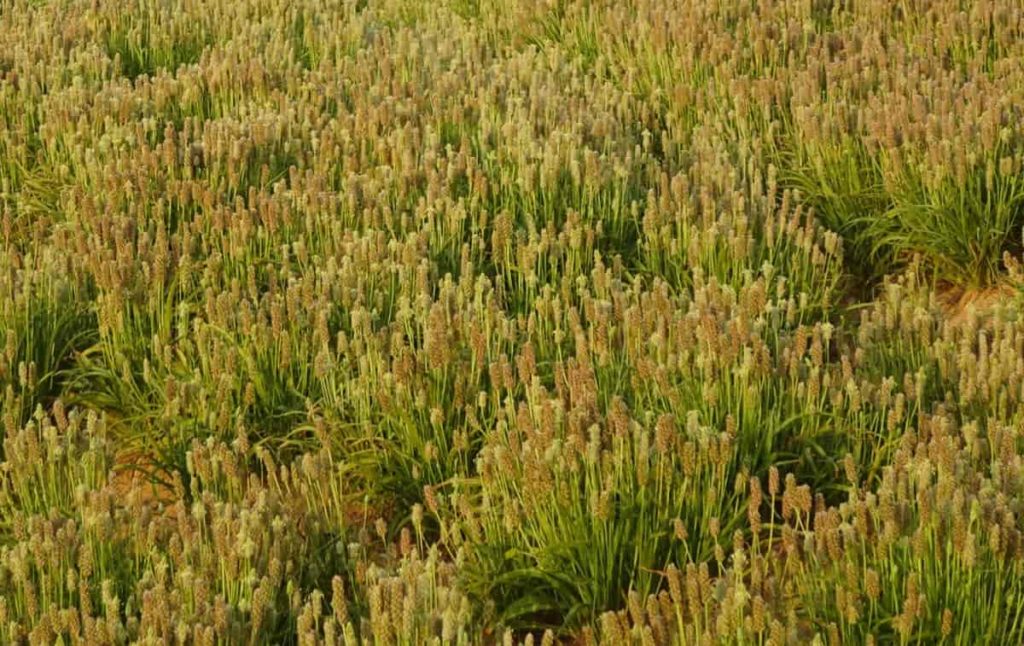
Among medicinal plants, Isabgol is the country’s first foreign exchange earner (Rs. 30 million annually). It yields significant amounts of protein and husk, which are valuable for medicinal purposes and are used in Ayurvedic, Unani and allopathic systems of medicine. It is an annual herb cultivated in Rajasthan, Gujarat, Madhya Pradesh, and Haryana. India is the largest producer and major supplier of seeds and husks to the global market. The USA is the largest importer of soybean seeds and husks.
The crop has a major export demand in America and Western Europe, and about 90% of the production is exported to these countries. Also, growing this crop in the winter will not affect the production of a successful monsoon crop and thus fits well into the cropping system. It is a short-stemmed annual herb growing to 30 to 40 cm. India is the world’s largest exporter of Isabgol, produced mainly in Gujarat and Rajasthan. The use of Isabgol in India is as ancient as the Ayurvedic system of medicine.
Soil requirement for growing Isabgol plants
Isabgol plants grow best in well-drained, moist, well-drained soil. It requires less nutrients to grow. Soil should be low in nitrogen and phosphorus but high in potassium, with a pH between 7.2 and 7.9. Nitrogen trials have been conducted under these climatic conditions, resulting in maximum seed yield.
Selection and preparation of land for Isabgol cultivation
It is the most important step in producing safe and suitable products. The land should be free of contamination from any chemical pesticides and away from any potential sources of contamination. The land must also have access to a clean and reliable source of irrigation water. Isabgol is best suited to grow in well-drained, light sandy to sandy loam soil. Poorly drained soil is not conducive to good growth and successful crop cultivation.
Firstly, weeds and clods are removed manually from the allotted land. Then, plowing and leveling of land were done with a cultivator and harrow. It makes the whole earth soft. About 1 ton/ ½ acre of FYM is incorporated into the soil at the time of the last ploughing. Then the specified land was divided into suitable plots of suitable size. Finally, a horizontal line was made at 1 feet distance for sowing the seed.
Isabgol plant propagation
Isabgol seeds (capsule fruits) are dark brown to black brown and shiny. The seeds are 2-3 mm long, 0.7-1.5 mm wide, and glabrous. In the longitudinal direction, the seeds are skinned with a bright, round, and leathery area on the ventral side. The plant can grow up to 50 cm tall and grows in bushy and erect branches.
The stems are loosely yellow; the leaves are lanceolate, thin, flat, and three-nerved. They are 3-4 mm wide and 6-8 mm long. Seeds and sowing propagate it in a cold frame. When they are big enough to handle, cut these plants into separate pots and plant them out in early summer. It can be sown outdoors in mid to late spring if you have enough seeds.
Sowing time and propagation material for growing Isabgol plants
Early sowing of Isabgol increases plant growth resulting in lodging and fungal disease risk. Whereas late sowing reduces total growth. Therefore, the last week of October to the second fortnight of November is considered the best time to sow Isabgol. A reduction in yield was observed when sowing was delayed beyond the first fortnight of December. Isabgol is propagated commercially by seeds. Use good quality seeds harvested last season and free from pests. Seeds must be purchased from a reliable source with variety, origin, and harvest date labels.
In case you missed it: Vegetable Growing Season Chart in India: Sowing Guide, Germination and Planting Calendar
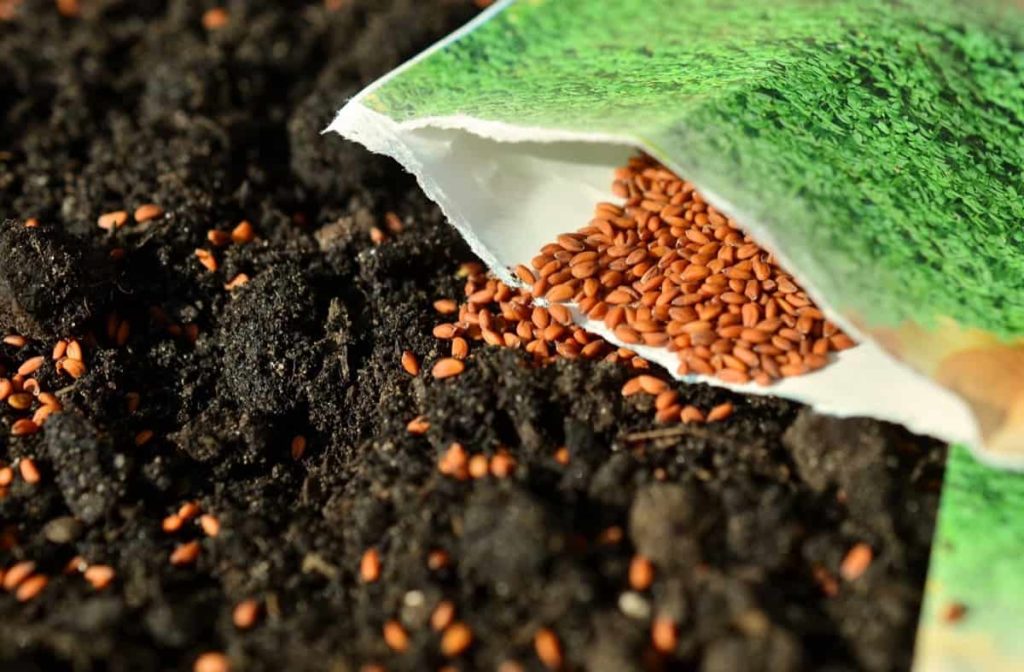
Planting process for Isabgol cultivation
Be sure to delay planting until the weather is frost-free. In India, seeds are transferred at a rate of 5.5 – 8.25 kg/hectare (5 – 7.5 lb/acre). In areas of Arizona, seeding rates range from 22 – 27.5 kg/ hectare (20 – 25 lb/acre). As a result, plants get excellent yields. Remove weeds by hand once or twice at the beginning of the growing season. Controlling weed growth is to irrigate the site before planting, germinate the weed seeds, and then apply them superficially to the soil to minimize weed growth. Psyllium cannot compete with any weeds.
Crop rotation in Isabgol farming
The following crop rotations are adopted in different parts of India.
- Soybean – Isabgol
- Maize – Isabgol
- Sorghum – Isabgol
- Onion – Isabgol
- Groundnut – Isabgol
- Maize – Isabgol – Green gram
Manure and fertilizers management for growing Isabgol plants
Isabgol has a moderate demand for nutrients, but 25 kg each of N and P/ha are applied at planting, and another 25 kg of N is applied with the third irrigation. In addition to these fertilizers, 8-10 tonnes of FYM or compost is recommended. Apply dung manure when plowing at the rate of 15 to 20 tonnes per hectare for a high yield of Isabgol. Nitrogen 50 kg, phosphorus 40 kg, and potash 25 kg are also required.
Irrigation and weed management for Isabgol farming
Use good quality water from a clean irrigation source. Irrigate the crop according to its water requirement, as too little or too much irrigation can impair quality. For example, sandy loam land generally requires 3 irrigations at sowing and 30 and 70 days after sowing for good yield. The last irrigation should be given at the milk stage. More irrigation (6-7) may be given in dry areas with light soils since the plant can tolerate low salinity levels.
Light irrigation is necessary immediately after sowing. The first irrigation must be done with a light stream or water shower. Otherwise, the strong stream of water will wash most of the seeds to one side of the plot, and germination and distribution will not be uniform. Seeds germinate in 6-7 days. If germination is weak, second irrigation should be done.
Later, irrigation is given when needed. Finally, the last irrigation should be given when maximum spikes have grown. The crop requires 6-7 irrigations for its good yield in medium sandy soils. The first weeding is done 20 days after sowing. Later on, 3-4 weeding was done intermittently till harvest.
In case you missed it: Vegetable Seed Germination Chart: A Calendar to Time and Soil Temperature

Pests and diseases management for Isabgol farming
- Major Pest: White grub.
- Major diseases: Powdery mildew, downy mildew, and Rhizoctonia wilt.
White grubs and termites cause crop damage by root cutting which can be controlled by broadcasting phorate 10G @by/ha. Aphids attack the crop, which can be controlled by spraying with 0.2% dimethoate. Downy mildew is a major disease caused by Peronospora plantaginis. It can be sprayed with Bordeaux mixture, Dithane M-45, or any copper fungicide @ 2-2.5grams/liter.
Management of pests and diseases
Areas with less pest and disease infestation should be preferred for the cultivation of Isabgol. Using cultural, biological, and mechanical methods is recommended for controlling pests and diseases in medicinal crops. Appropriate seed treatment with biological pesticides is preferred for plant growth. Use chemical pesticides only when there is no other option and only when there is enough time between applications to guarantee that the chemical cannot be found in the final product.
- Application of 5% aldrin or lindane at 25 kg/ha at the time of final plowing during land preparation effectively protects the crop from the white borer.
- To control powdery mildew, spray the crop with 0.2% wet sulphate twice or thrice at an interval of 15 days.
- Spray Baustin at 0.1% to control the fungus immediately after the disease, and repeat the spray after 15 days.
- Seed treatment with captan 5 g/kg seed followed by drenching the soil, spraying the plants with 0.2% captan solution, and repeating it one week after the first application controls the spread of Rhizoctonia wilt.
When and how to harvest Isabgol
All tools, containers, and sacks used in harvesting should be washed, cleaned, and dried. Harvesting has to be done at the right time to make sure better product quality. The crop should be cultivated in the dry season, not in the rain or early morning when the ground is dew. At maturity, the crop turns yellow, and the spikes turn brown. When the spikes are slightly pressed, the seeds are shed.
When harvesting, the environment should be dry, and the plant should not have moisture; harvesting will scatter the seeds to a large extent. Therefore, harvesting should be done after 10 am. Yellowing of the lower leaves and browning of the spikes indicate maturity, which is confirmed when mature seeds emerge. The plant produces a flush of flowers in about 60 days after sowing and matures in the next 2 months.
Yellowing of the lower leaves indicates maturity, which can be confirmed by pressing a spike between 2 fingers when mature seeds emerge. The crop can be harvested early in the morning, close to the ground, to avoid damage caused by seed shading. The harvested material is stacked for 1 or 2 days, it is made to be trampled, it is winnowed, and the separated seed is collected.
In case you missed it: How to Prevent Insect Pests in Vermicomposting: Tips, Ideas, and Techniques for Maggots, Fruit Flies
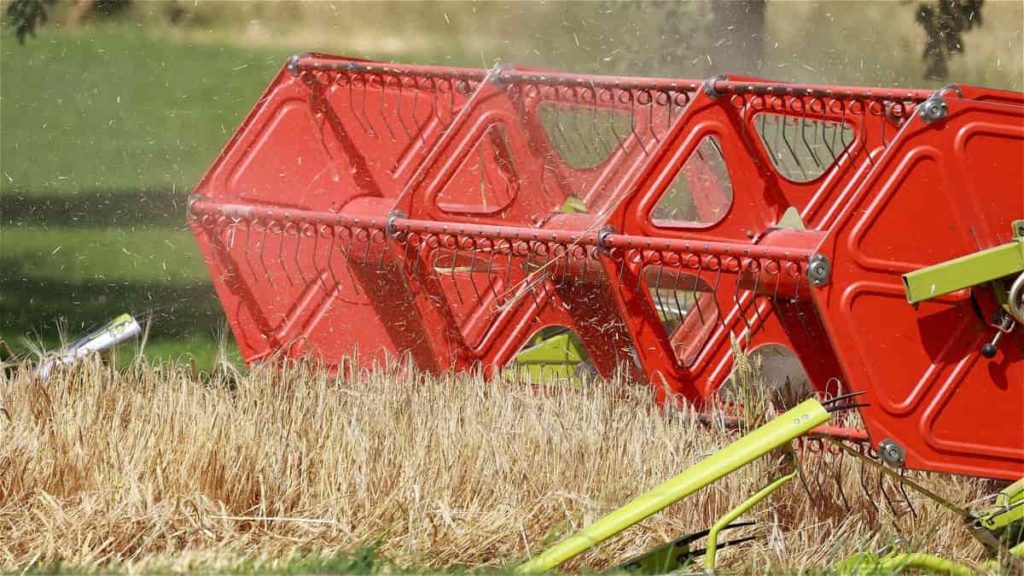
Yield and economics in Isabgol farming
Isabgol has an average seed yield of 800-1500 kg/hectare. However, with better crop management practices, high seed yields of about 1500 kg/hectare can be obtained from medium-texture land. Isabgol straw yield is double that of seed and usually about 1200-1600 kg/hectare.
After all good cultivation practices, cultivation of Isabgol costs about 15,000/- and yields a net profit of 20,000/- per hectare of crop. Psyllium crops are usually ready to harvest in five to six months, but this can vary depending on the crops being grown. The crop should be harvested close to the ground in the early hours of the day to avoid seed damage.
Post-Harvest Methods in Isabgol farming
After harvesting, the husks are manually separated from the seeds. Next, the seeds are cleaned using a sieve. Finally, the seed and husk are packed separately in airtight containers after weighing.
Commonly asked questions about Isabgol plants
Where is Isabgol grown in India?
Isabgol husk is obtained from the ripe seeds of Isabgol. Isabgol production is mainly confined to Rajasthan and Gujarat.
What is the Isabgol plant?
Isabgol, also known as Psyllium, is derived from the seeds of Plantago ovata.
What is the main disease of Isabgol?
Wilt disease of Isabgol, caused by the Fusarium oxysporum species complex, is one of the economically important diseases in India. Pathogens survive in the soil on plant debris and attack crop plants at any stage from germination to maturity and severely impact yield.
In case you missed it: Mississippi Vegetable Planting Calendar (MS): Month Wise Garden Guide for Fall, Winter, Spring, Summer, Zone 7, Zone 8, and Zone 9
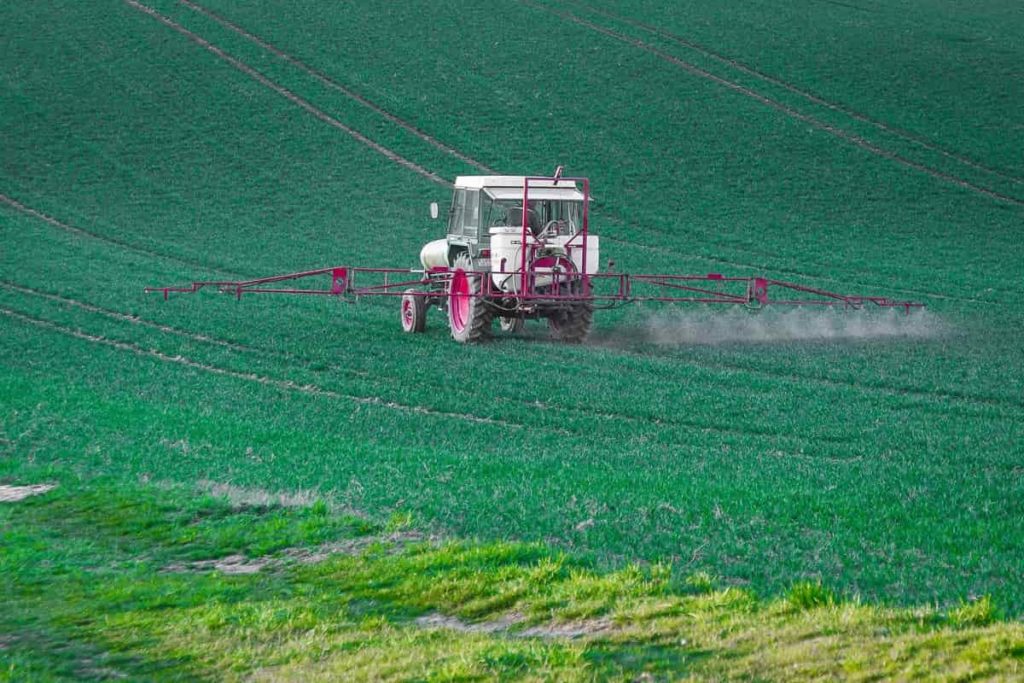
Which state produces the most Isabgol?
Banaskanatha, Gujarat, is one of the country’s leading producers of Isabgol (psyllium husk). Isbagal is an excellent and dry rabi season crop with export demand and a definite market.
Is Isabgol a plant?
Native to western Asia, Isabgol is an annual herb. Indian Muslims first introduced their medicinal properties from seeds collected from some wild species. India is currently the world’s largest producer and exporter of Isabgol husk.
Conclusion
Isabgol is a small annual herb cultivated worldwide for its medicinal value. It grows well in cool and dry climates with irregular rainfall. It is a short-lived plant and lives up to 130 days. The seeds and husks of the plant are edible.
- Aquaponic Farming at Home: A Step-By-Step Guide
- Profitable Village Farming Business Ideas in 2024
- High-Yield Aquaculture: Fast-Growing Fish for Farming
- Effective Fish Pond Construction Techniques for Beginners
- Irrigation and Water Management in Pineapple Farming
- Blossom to Harvest: Mastering Flowering and Pollination in Papaya Farming
- Pig Fattening Essentials: From Selection to Sale for Beginners
- Raising Wagyu Cattle: A Complete Guide for Premium Beef Production
- Soil Types and Their Water Holding Capacity
- Optimizing Irrigation Schedules for Coconut Groves for Enhanced Yield
- Espresso Your Garden: Coffee Grounds for Healthier Acid-Loving Plants
- The Best Soil Mix for Snake Plants: How to Mix Your Own Snake Plant Soil
- Green Thumb Success: Expert Tips for Cultivating Greenhouse Beans All Year Round
- Bloom All Year Round: The Ultimate Guide to Indoor Hyacinth Care
- Eco-Friendly Gardening: How to Make Liquid Fertilizer from Kitchen Waste
- Ultimate Guide to Grow Anise in Pots: Explore Seed Propagation to Harvesting
- Guide to Raising Chester White Pigs: Discover Breed Facts to Growth Management
- Mastering the Elegance: The Ultimate Guide to Weeping Cherry Tree Care, Planting, and Maintenance
- Ultimate Guide to Planting Garlic in Grow Bags: Growing Strategies for Beginners
- How to Fix Spider Plant Leaf-Related Problems: Natural and Organic Remedies
- 10 Reasons Why Your Tulsi Plant is Shedding Leaves: Home Remedies and Solutions
- Optimizing Growth and Yield: The Advantages of Palm Bunch Ash Fertilizer
- Utilizing Neem Oil Extract as a Natural Pesticide for Hydrangea
- From Soil to Harvest: Various Ways in Which Farmers Can Use AI Tools
- Steps to Encourage and Induce Citrus Flowers: A Comprehensive Guide
- How to Fix Snake Plant Leaf-Related Issues: Natural and Organic Remedies
- Transform Your Garden into a Fragrant Oasis with Raat Ki Rani (Night Blooming Jasmine)
- Discover the Ideal Chicken Breeds for Philippine Farms
- How to Create a Poultry Egg Farm Business Plan for Profits
- Grow Lemon Cucumbers Like a Pro: Insider Techniques for Bountiful Yields
- Ultimate Guide to Caring for Your Pink Princess Philodendron: Tips for Thriving Variegation
- Areca Nut Profit Per Acre: Calculating Yield and Cost of Cultivation
- How Kaveri Chicken is Becoming a More Profitable Breed in Indian Backyards
- Transform Your Barn: 9 Steps to Convert a Horse Stall into a Chicken Coop
- Exploring Suffolk Sheep Disadvantages with Limitations and Challenges
- Guide to Solving Potted Lemon Tree Problems: How to Revive Lemon Tree in Containers
